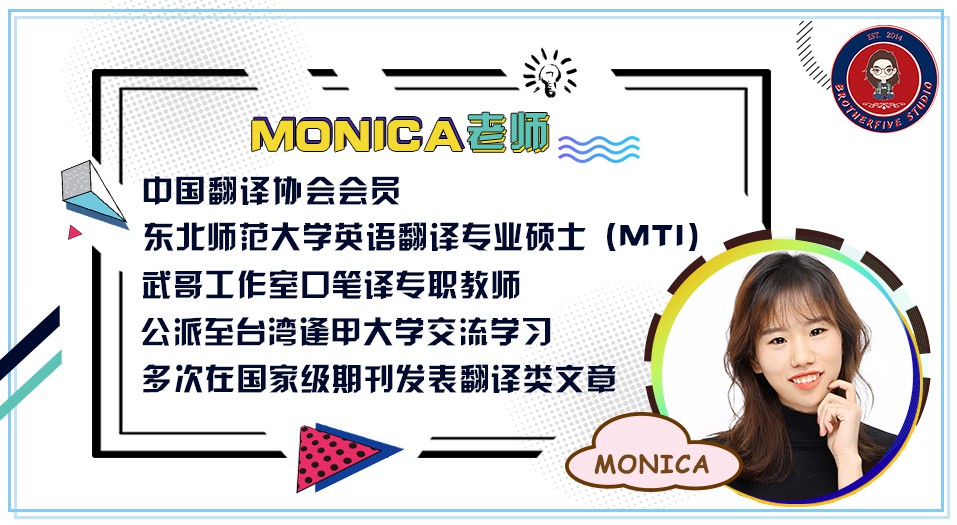

本篇文章是与抑郁症有关的,属于科普知识。慢速英语,语速正常。可以作为口译入门或基础英语听力口语听写的素材。大家快来挑战自己吧!
In the 1950s, the discovery of two new drugs sparked what would become a multibillion dollar market for antidepressants.
上世纪50年代,两种新药的发现点燃了价值数十亿美元的抗抑郁药市场。
Neither drug was intended to treat depression at all— in fact, at the time, many doctors and scientists believed psychotherapy was the only approach to treating depression.
这两种药物并非用于治疗抑郁症——事实上,当时许多医生和科学家认为心理疗法是治疗抑郁症的唯一方法。
The decades-long journey of discovery that followed revolutionized our understanding of depression— and raised questions we hadn’t considered before.
接下来长达数十年的探索,彻底改变了我们对抑郁症的理解,并衍生了我们以前从未思考过的问题。
One of those first two antidepressant drugs was ipronaizid, which was intended to treat tuberculosis.
其中一种抗抑郁药物是异丙噻嗪,原本用于治疗结核病。
In a 1952 trial, it not only treated tuberculosis, it also improved the moods of patients who had previously been diagnosed with depression.
1952年的一项试验中,它不仅治疗了结核病,还改善了患有抑郁症病人的情绪。
In 1956, a Swiss clinician observed a similar effect when running a trial for imipramine, a drug for allergic reactions.
1956年,一位瑞士临床医生在进行丙咪嗪(一种治疗过敏反应的药物)的试验时,也观察到了类似效果。
Both drugs affected a class of neurotransmitters called monoamines.
两种药物都会影响一类叫做单胺的神经递质。
The discovery of these antidepressant drugs gave rise to the chemical imbalance theory.
随着这些抗抑郁药物的发现,化学失衡理论应运而生。
解析在这里哦!
1.antidepressants,名词,单词原形为:antidepressant,比如:She felt better and the psychiatrist took her off antidepressants.(她感觉好些了,于是精神科医师给她停用了抗抑郁药。)
2.psychotherapy,名词,表示“心理疗法”,比如:For milder depressions, certain forms of psychotherapy do work well.(对于比较轻微的抑郁症,某些形式的心理疗法确实很有效。)
3.tuberculosis,名词,表示“肺结核”,比如:Shecontracted tuberculosis and had to be put in an isolation ward.(她感染了肺结核而不得不被送进一个隔离病房。)
4.clinician,名词,表示“临床医生”,比如:Heis reputed tobe a very gifted clinician.(他是一个非常具有天赋的临床医生。)

